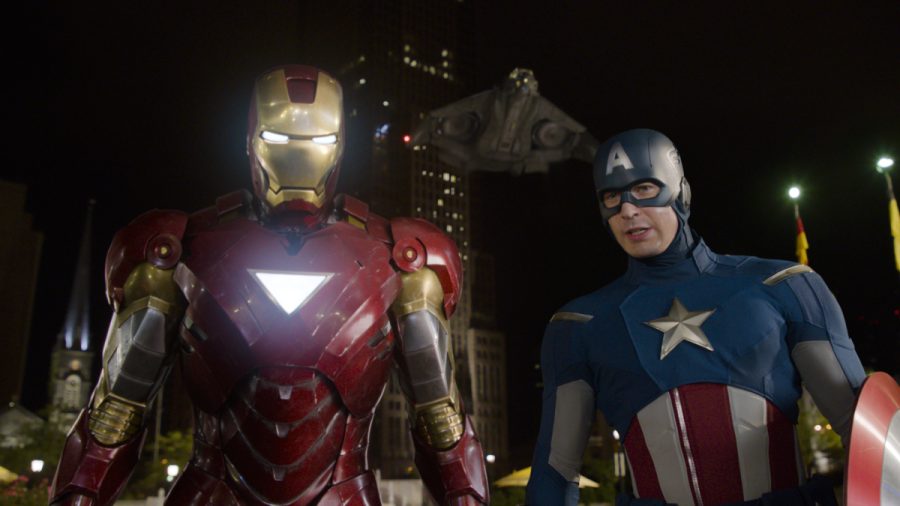“Captain America 3: Civil War” is a bad movie.
If you’re reading this, chances are you’ve already seen the movie, and you probably disagree with me. That’s completely fine. Movies are for the people that watch them, and if you like a film that critics don’t like, there’s nothing wrong with that, either. While the 3D aspect of this film makes it near unwatchable, as long as you avoid that and are a fan of the characters in the Marvel Cinematic Universe, you will probably enjoy this movie.
Defenders of the movie tend to point to the film’s Rotten Tomatoes score because critics are only useful for conversation when they agree with the person that is making the argument. Generally, this movie is compared to “Batman vs Superman: Dawn of Justice,” the nearly identical film within the DC Cinematic Universe. When the two are compared, the main argument against Batman vs Superman tends to be the characters. The DC characters come off to audiences as being unrealistic while Marvel’s characters are allegedly more fleshed out. However, the difference between the two movies comes entirely within the moviegoer’s willingness to embrace the subtext of a film versus only the text.
Because the motivations of Batman are not stated explicitly at any point in time during the movie, many critics and film goers felt as if the fight between the two heroes felt unearned. In contrast, each of the characters in Civil War spend at least a few seconds on screen monologuing about personal belief and essentially why they chose each side. This kind of presentation works well during a first viewing: when there are so many relatively unnecessary characters being added to a movie, having each of them state their position allows for a viewer to understand exactly why Spider-Man is fighting Ant-Man.
However, the issues with the fight itself become glaringly apparent after wondering why neither side of good friends spend any period of time openly communicating what is happening. At one point, Steve Rogers says that Iron Man won’t believe what he is saying, ignoring the time that Iron Man went to a space portal to blow up evil aliens in New York City. And while “Dawn of Justice” is rife with issues, the lack of monologues makes the images on the screen the most important thing to consider when discussing motivation of character.
Both films are even more complex when questioning how they reflect our own culture, but they do so in very interesting ways. “Dawn of Justice” turns into a punching match while “Civil War” turns into an advertisement for two future Marvel films. Even with the acclaim for the film from audiences and critics, signs of superhero-movie fatigue seem to be appearing in pop culture.
Captain America 3: A Review
May 13, 2016
In his review of “Captain America 3,” staff writer Ekelemchi Okemgbo secedes from critical opinion at-large.





















































